Home>Maintenance & Safety>Home Maintenance Checklists>How Many Trash Bags Can A 96 Gallon Trash Can Hold
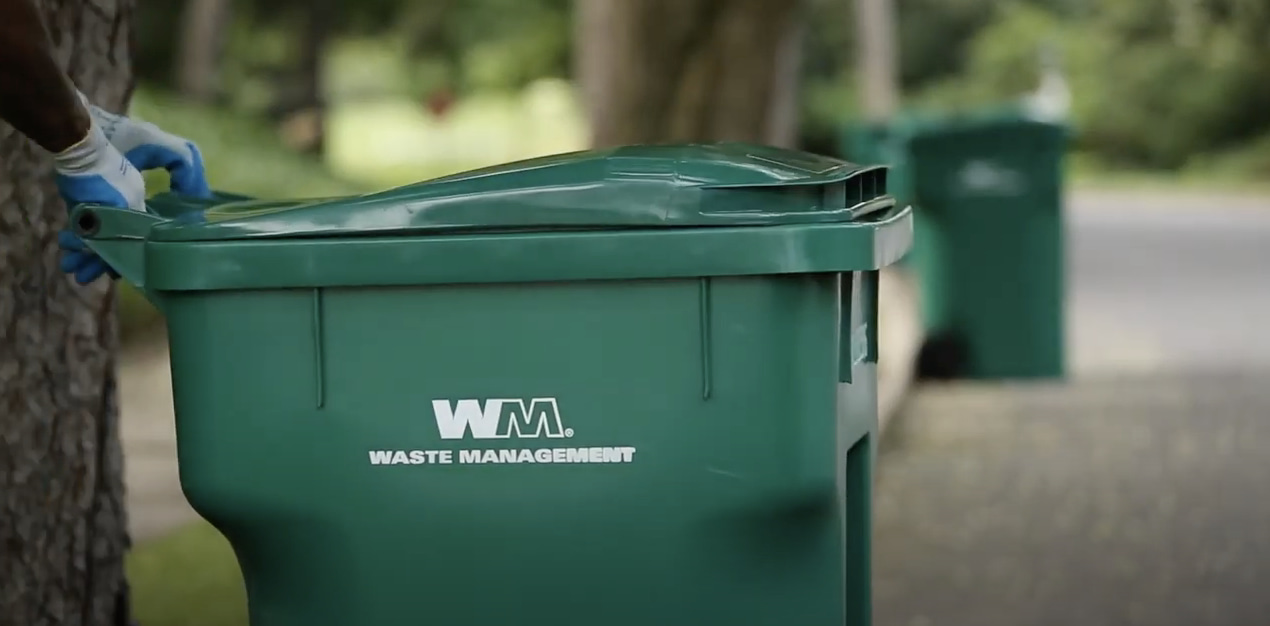

Home Maintenance Checklists
How Many Trash Bags Can A 96 Gallon Trash Can Hold
Modified: February 18, 2024
Discover the ultimate home maintenance checklist. Find out how many trash bags a 96-gallon trash can hold and keep your home clean and organized. Start your home maintenance journey today!
(Many of the links in this article redirect to a specific reviewed product. Your purchase of these products through affiliate links helps to generate commission for Storables.com, at no extra cost. Learn more)
Introduction
Welcome to the ultimate guide on maximizing the capacity of your 96-gallon trash can. Whether you're a homeowner, a property manager, or a facilities supervisor, understanding the nuances of trash bag sizes and their capacity can significantly streamline your waste management process. In this comprehensive article, we'll delve into the intricacies of determining how many trash bags a 96-gallon trash can hold, providing you with practical insights to optimize your waste disposal strategies.
Navigating the world of trash bags can be overwhelming, especially when considering the wide array of sizes and types available. By unraveling the complexities of trash bag capacity and its relationship with a 96-gallon trash can, you'll gain valuable knowledge that can revolutionize your approach to waste management.
Join us as we explore the intricacies of trash bag sizes, delve into the calculations for determining trash bag capacity, and uncover the various factors that can impact the overall capacity of a 96-gallon trash can. By the end of this guide, you'll be equipped with the expertise to make informed decisions and streamline your waste management efforts.
So, let's embark on this enlightening journey to unravel the mysteries of trash bag capacity and revolutionize the way you handle waste disposal with your 96-gallon trash can.
Key Takeaways:
- Choose the right trash bag size and material to maximize your 96-gallon trash can’s capacity, ensuring efficient waste containment and streamlined waste management.
- Consider dimensions, material, waste type, and load-bearing capacity when selecting trash bags for your 96-gallon trash can, revolutionizing your waste management strategies for optimal efficiency.
Understanding Trash Bag Sizes
Before delving into the specifics of how many trash bags a 96-gallon trash can can hold, it’s crucial to understand the nuances of trash bag sizes. Trash bags come in a variety of dimensions, each tailored to accommodate different volumes of waste. The sizing of trash bags is typically denoted by their capacity, expressed in gallons, which indicates the volume of waste they can hold.
Common trash bag sizes include 13-gallon, 30-gallon, and 55-gallon options, each designed for specific applications. When it comes to a 96-gallon trash can, it’s essential to select the appropriate trash bag size to maximize its capacity effectively. While a 96-gallon trash can is substantial in size, choosing the right trash bag size is pivotal in optimizing its waste-holding potential.
Trash bag sizes are not solely determined by their capacity in gallons; they also vary in dimensions, including height, width, and thickness. These dimensions play a crucial role in accommodating different types of waste, from household trash to yard debris. Understanding the dimensions of trash bags is integral to ensuring a proper fit within a 96-gallon trash can, preventing potential overflows and optimizing the containment of waste.
Moreover, the material composition of trash bags also influences their suitability for specific waste types. Heavy-duty trash bags, often constructed from thick, puncture-resistant materials, are ideal for handling sharp or bulky waste, whereas standard trash bags may suffice for regular household waste.
By comprehending the intricacies of trash bag sizes, including their capacity, dimensions, and material composition, you can make informed decisions when selecting the most suitable trash bags for your 96-gallon trash can. This understanding forms the foundation for maximizing the efficiency and effectiveness of your waste management practices.
Calculating Trash Bag Capacity
When determining how many trash bags a 96-gallon trash can can hold, it’s essential to grasp the methodology for calculating trash bag capacity effectively. The capacity of a trash bag is contingent on its size, denoted in gallons, and the dimensions that govern its volume-holding capabilities.
To calculate the capacity of a trash bag, the first step is to ascertain its dimensions, including its height, width, and thickness. These dimensions, in conjunction with the material’s flexibility, dictate the bag’s ability to accommodate waste efficiently. For a 96-gallon trash can, the ideal trash bag size must align with its dimensions to optimize its capacity without compromising functionality.
Once the dimensions of the trash bag are established, the next consideration is its shape. Trash bags come in various shapes, such as rectangular and circular, each influencing the distribution of waste within the bag. Understanding the bag’s shape is integral to gauging its capacity accurately, as it affects how waste is contained and distributed within the confines of the bag.
When calculating the capacity of a trash bag, it’s imperative to consider the intended type of waste it will hold. Different types of waste, such as household trash, yard debris, or construction waste, necessitate varying levels of containment and support. This factor underscores the importance of selecting the appropriate trash bag size and material composition to accommodate the specific waste stream effectively.
Moreover, understanding the load-bearing capacity of a trash bag is crucial for gauging its resilience to heavy or sharp objects. Heavy-duty trash bags, designed to withstand substantial weight and resist punctures, are well-suited for demanding waste types, ensuring that the bag can uphold its integrity without compromising the containment of waste.
By comprehensively calculating the capacity of a trash bag, factoring in its dimensions, shape, intended use, and load-bearing capabilities, you can make informed decisions when selecting the most suitable bags for your 96-gallon trash can. This strategic approach optimizes the trash can’s capacity, enhancing its functionality and streamlining waste disposal processes.
A 96-gallon trash can typically holds about 4-6 standard 13-gallon trash bags. Be sure to consider the weight limit of the can when filling it to avoid overloading.
Factors Affecting Trash Bag Capacity
Several pivotal factors influence the capacity of a trash bag, particularly when considering its compatibility with a 96-gallon trash can. Understanding these factors is essential for optimizing the trash can’s waste-holding potential and streamlining the waste management process.
- Dimensions: The dimensions of a trash bag, including its height, width, and thickness, directly impact its capacity. For a 96-gallon trash can, selecting a trash bag with dimensions that align with the can’s size is crucial for maximizing its waste containment capabilities. Additionally, the shape of the trash bag, whether rectangular or circular, influences how waste is distributed within the bag, affecting its overall capacity.
- Material Composition: The material from which a trash bag is constructed plays a significant role in determining its capacity. Heavy-duty trash bags, crafted from puncture-resistant materials, are well-suited for accommodating sharp or bulky waste, enhancing the bag’s capacity to withstand demanding waste types without compromising containment.
- Waste Type: The type of waste intended for disposal impacts the capacity of a trash bag. Different waste streams, such as household trash, yard debris, or construction waste, require varying levels of containment and support. Selecting a trash bag tailored to the specific waste type ensures optimal capacity and effective waste management.
- Load-Bearing Capacity: Understanding the load-bearing capabilities of a trash bag is essential for gauging its resilience to heavy or sharp objects. A 96-gallon trash can may accommodate substantial volumes of waste, necessitating trash bags with robust load-bearing capacities to uphold their integrity and contain the waste effectively.
- Environmental Considerations: Environmental factors, such as temperature and exposure to sunlight, can impact the material integrity of trash bags. In outdoor settings, where a 96-gallon trash can is commonly utilized, selecting trash bags designed to withstand environmental elements is crucial for preserving their capacity and functionality.
By taking these factors into account and aligning them with the specifications of a 96-gallon trash can, you can optimize the capacity of the trash bags used, enhancing the can’s waste containment capabilities and streamlining your waste management practices.
Conclusion
Congratulations! You’ve embarked on a journey to unravel the intricacies of maximizing the capacity of a 96-gallon trash can through the selection of the most suitable trash bags. By understanding the nuances of trash bag sizes, calculating their capacity, and considering the factors that influence their effectiveness, you’ve gained valuable insights to revolutionize your waste management practices.
Optimizing the capacity of a 96-gallon trash can involves a strategic approach that encompasses selecting the right trash bag size, understanding its dimensions, and factoring in the material composition to accommodate specific waste types effectively. By aligning these considerations with the load-bearing capacity and environmental resilience of the trash bags, you can enhance the functionality of the trash can and streamline waste disposal processes.
As you venture into the realm of waste management, armed with the knowledge acquired from this guide, you’re empowered to make informed decisions when selecting trash bags for your 96-gallon can. Whether you’re managing household waste, yard debris, or commercial refuse, the strategic utilization of the right trash bags ensures optimal capacity and efficient waste containment.
Remember, the capacity of a 96-gallon trash can is not solely determined by its size but also by the thoughtful selection of trash bags that align with its dimensions and intended use. By leveraging the insights from this guide, you’re poised to revolutionize your waste management strategies, enhancing sustainability and operational efficiency.
So, as you embark on this newfound knowledge, may your waste management endeavors be characterized by streamlined processes, optimized capacities, and a sustainable approach to handling waste with your 96-gallon trash can.
Frequently Asked Questions about How Many Trash Bags Can A 96 Gallon Trash Can Hold
Was this page helpful?
At Storables.com, we guarantee accurate and reliable information. Our content, validated by Expert Board Contributors, is crafted following stringent Editorial Policies. We're committed to providing you with well-researched, expert-backed insights for all your informational needs.
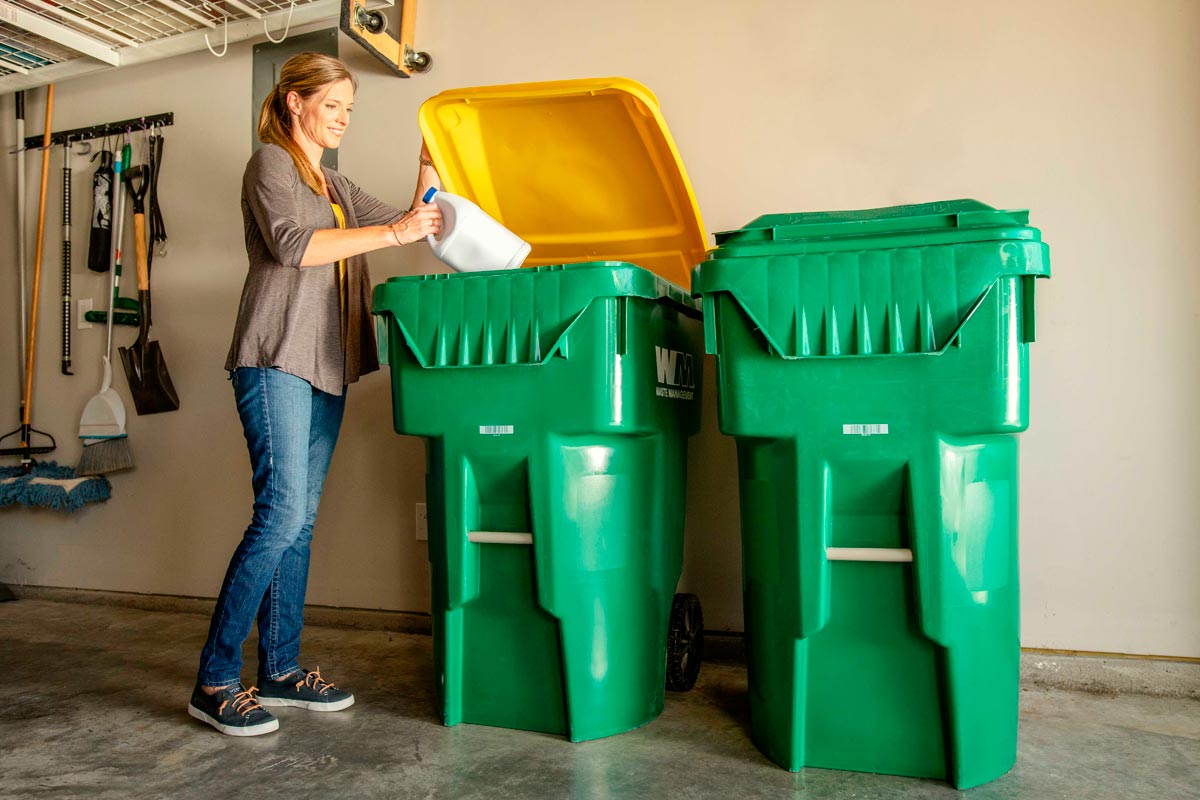
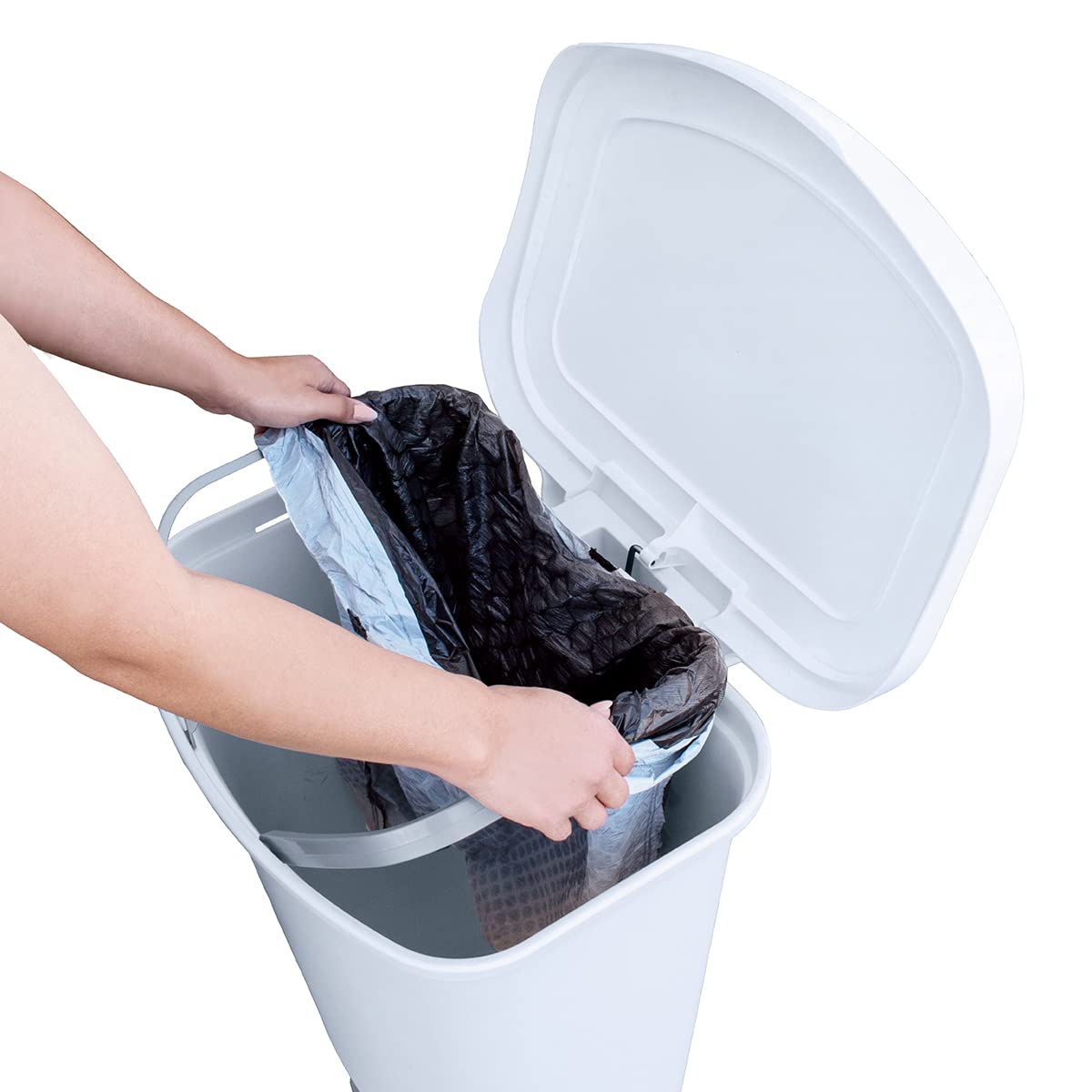
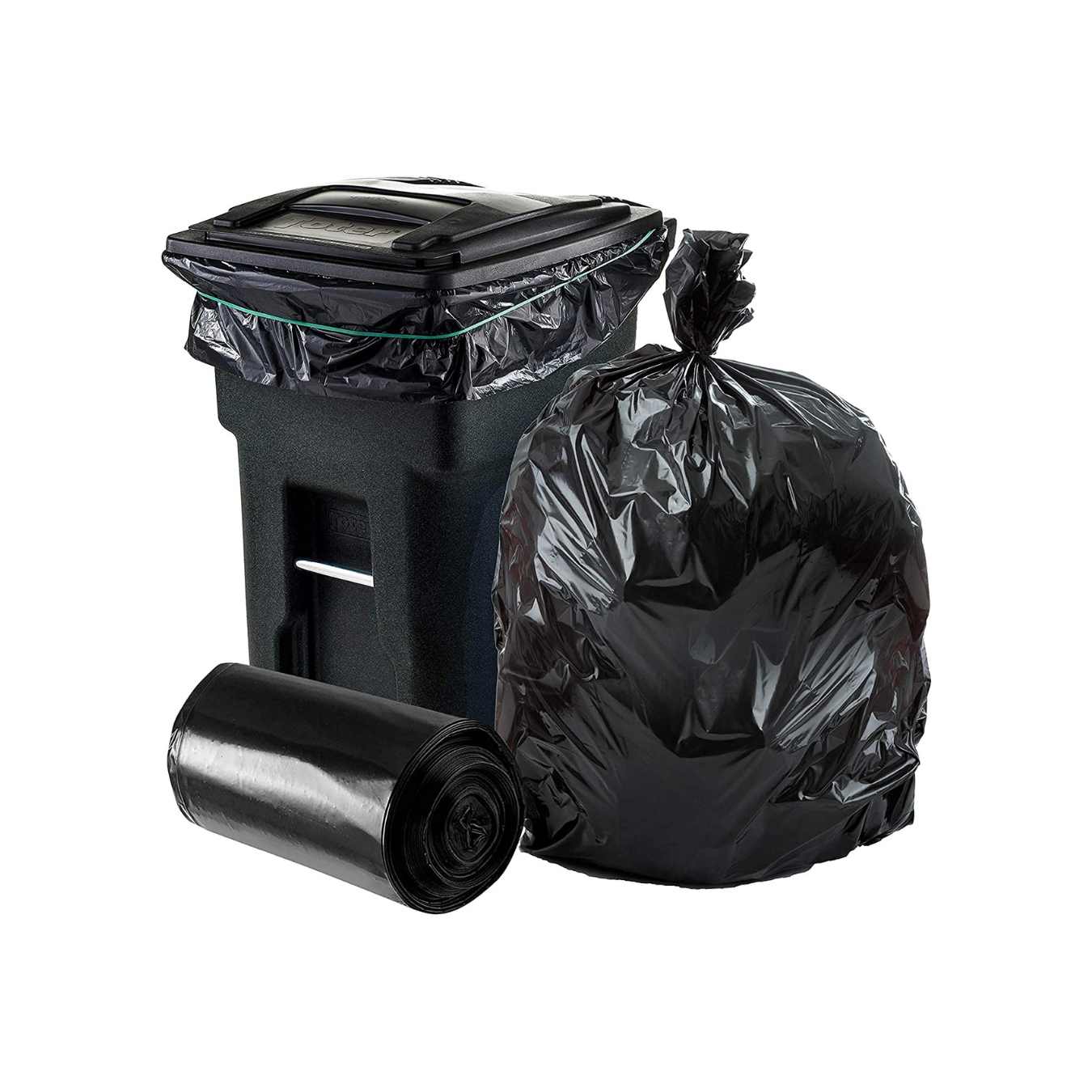
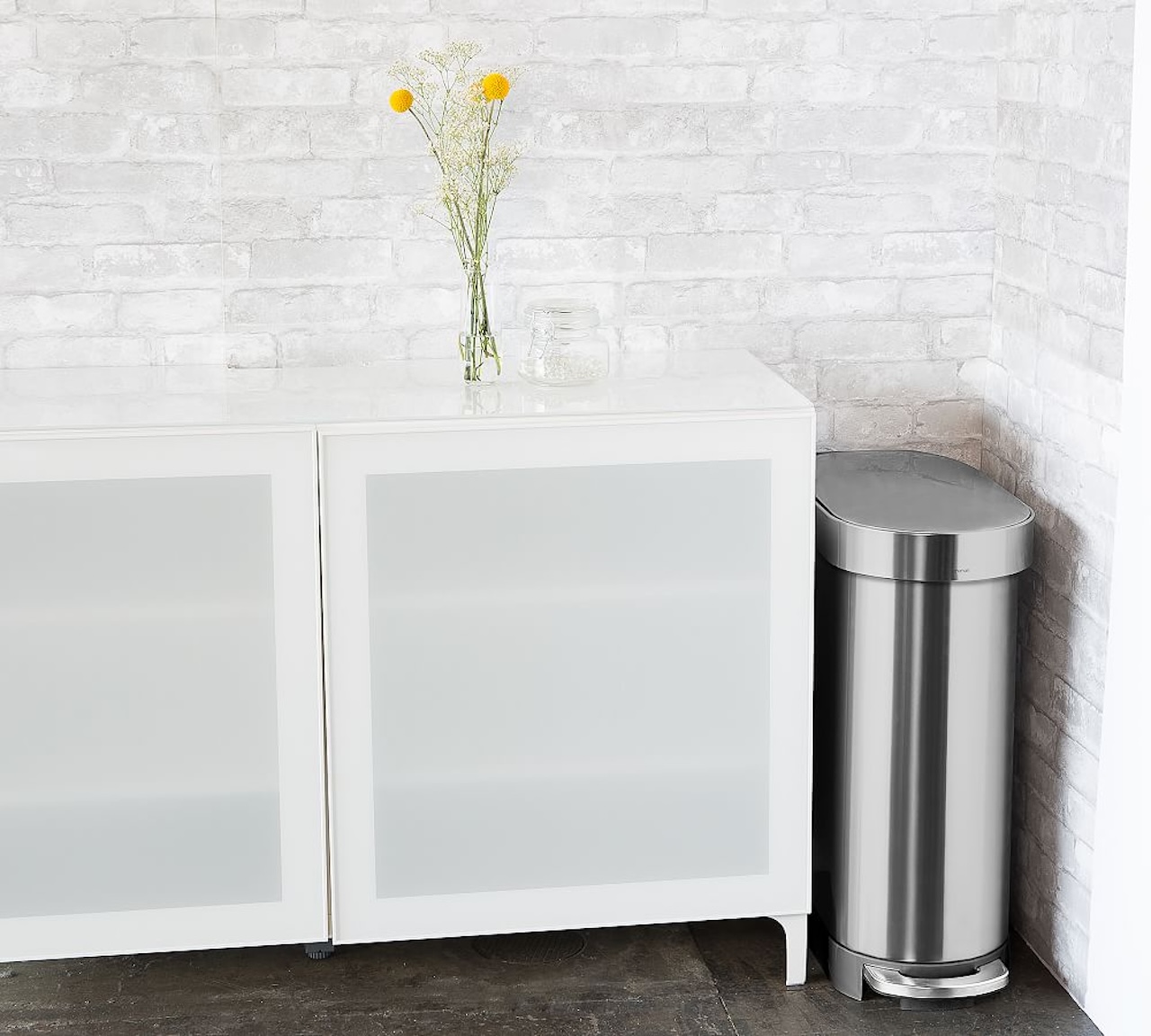
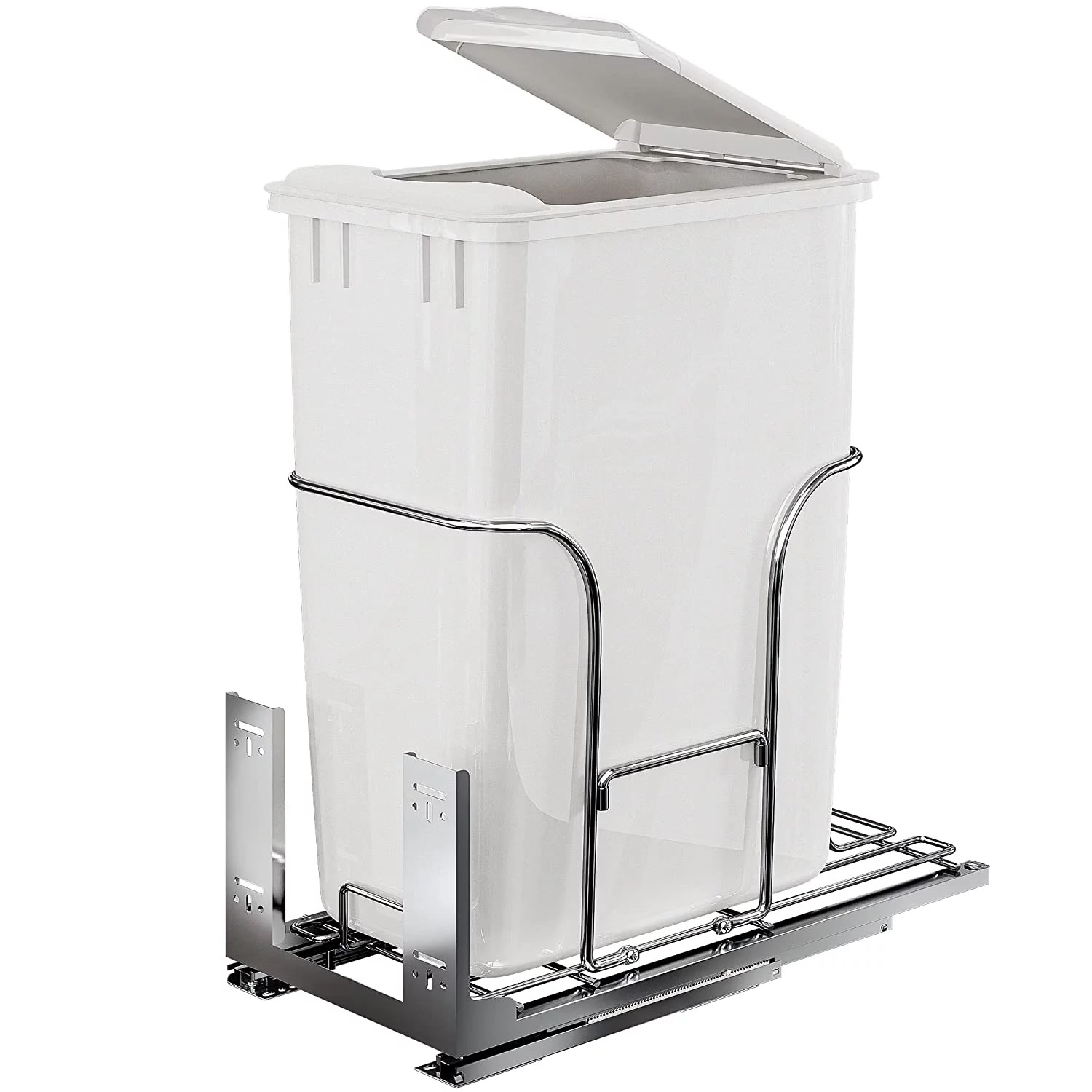
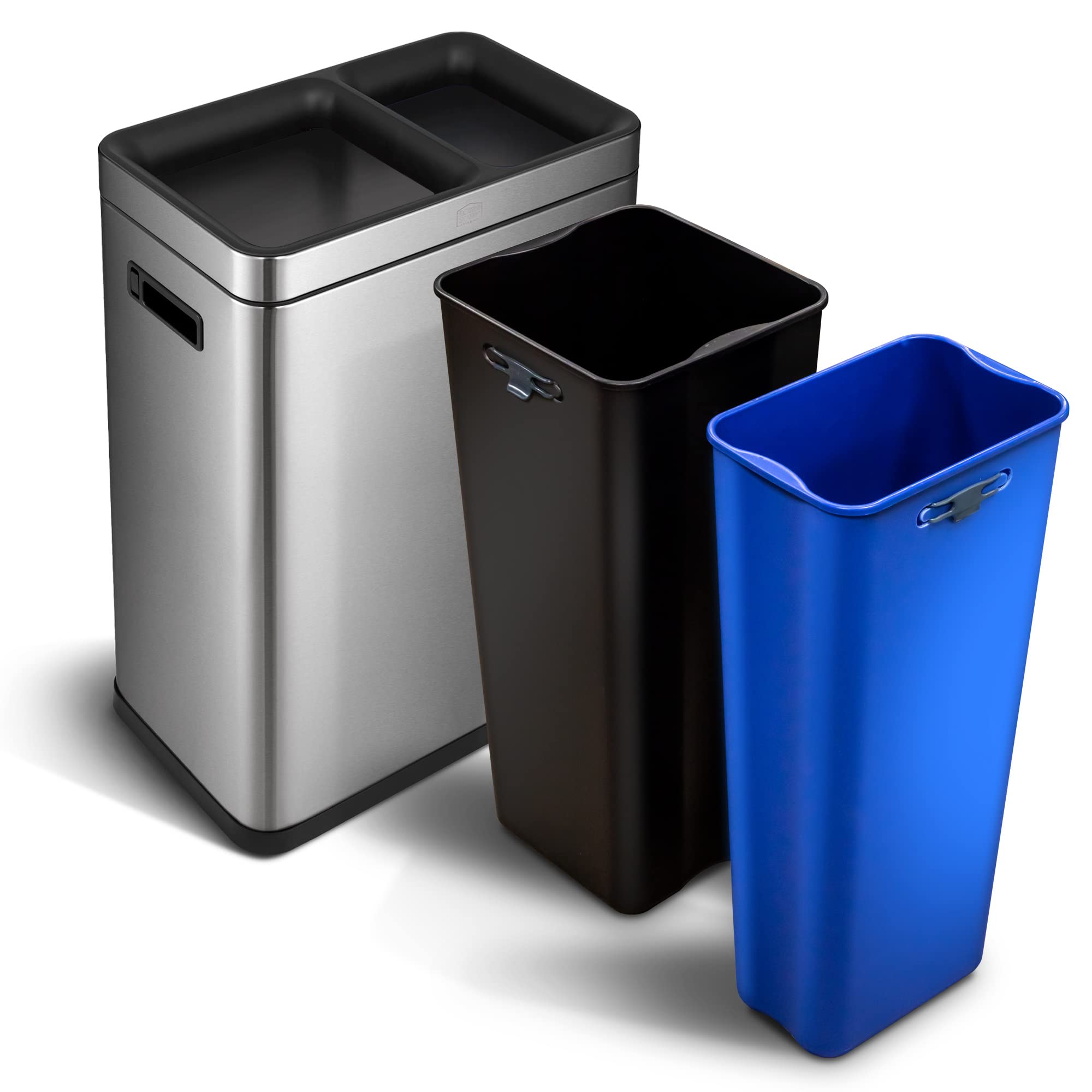
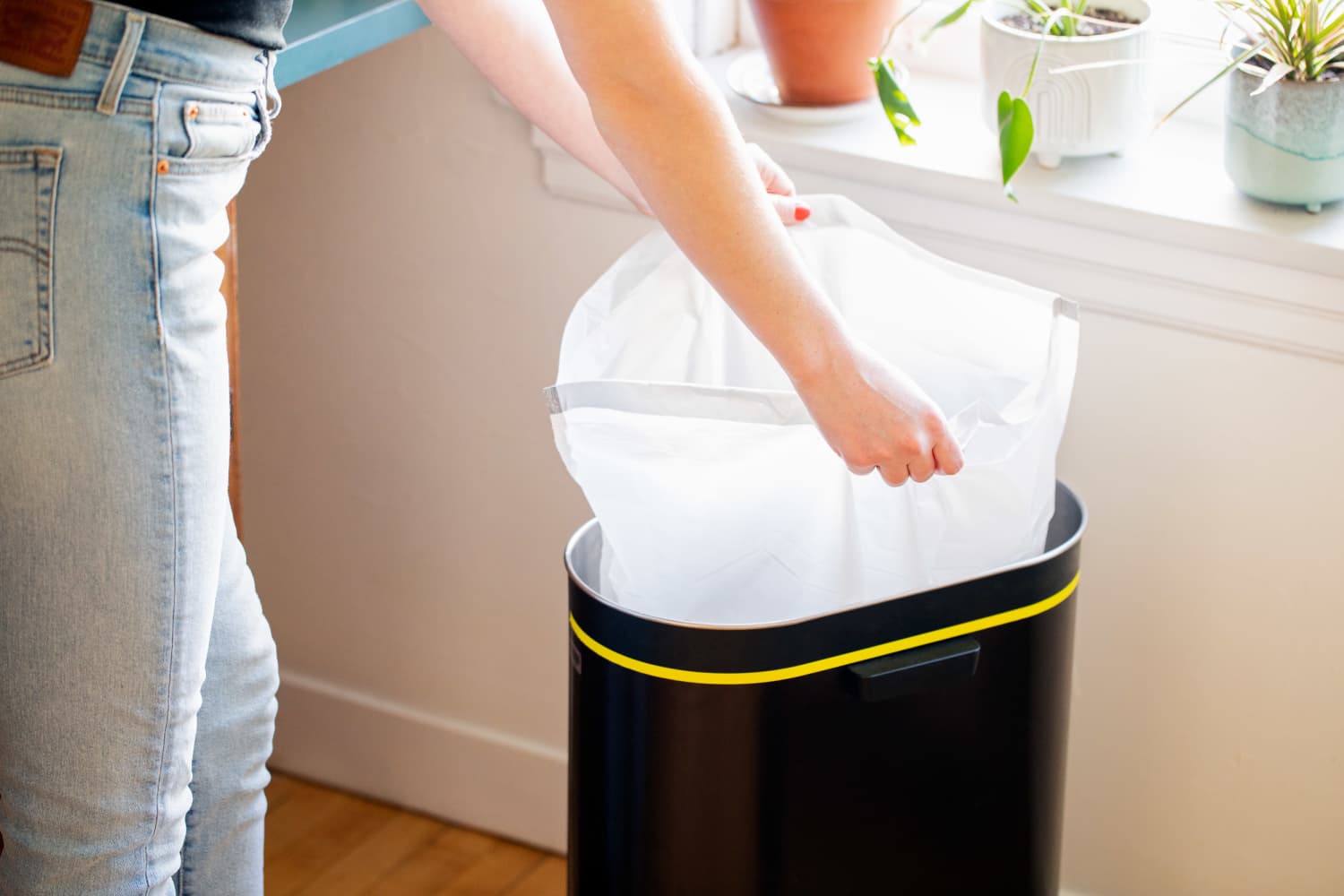
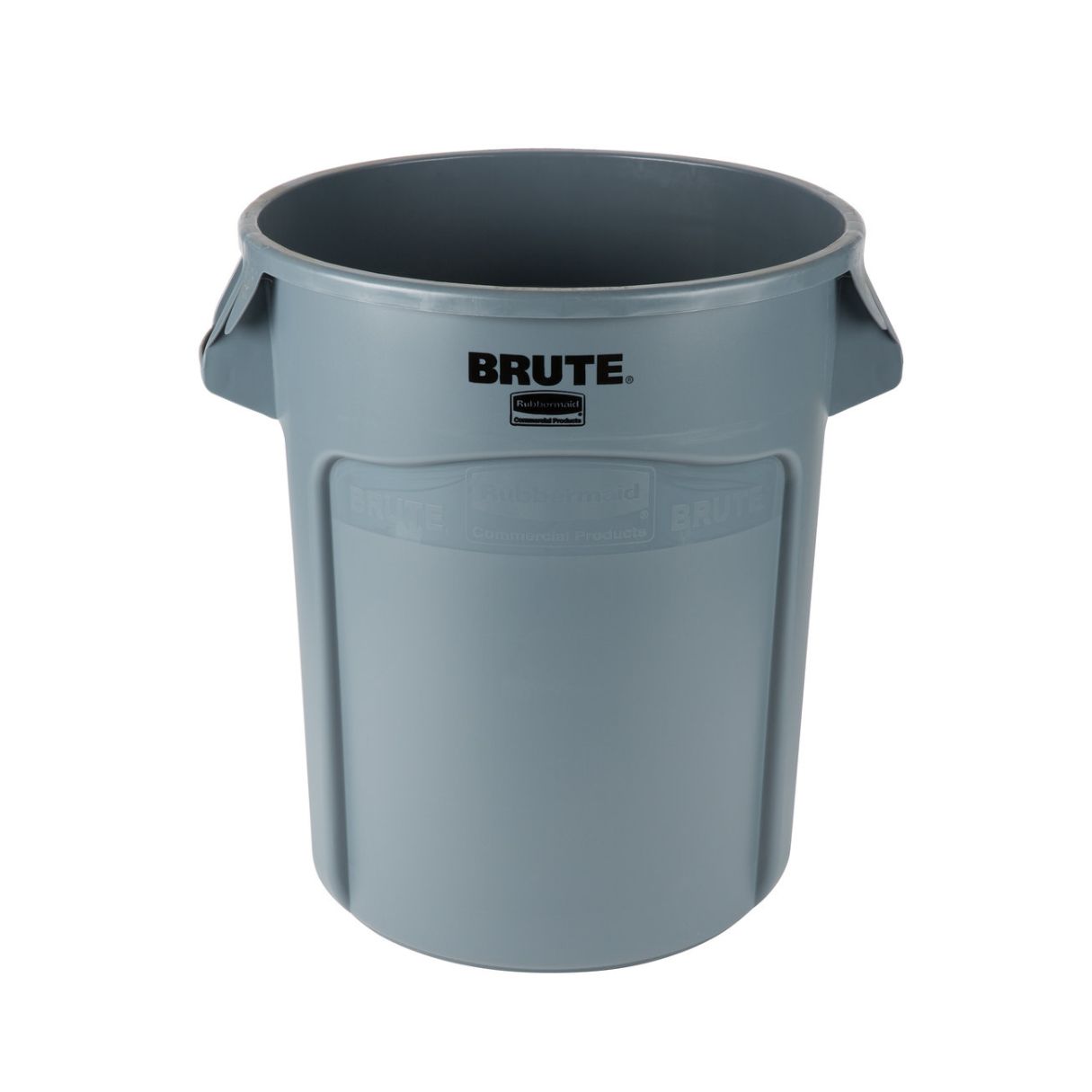
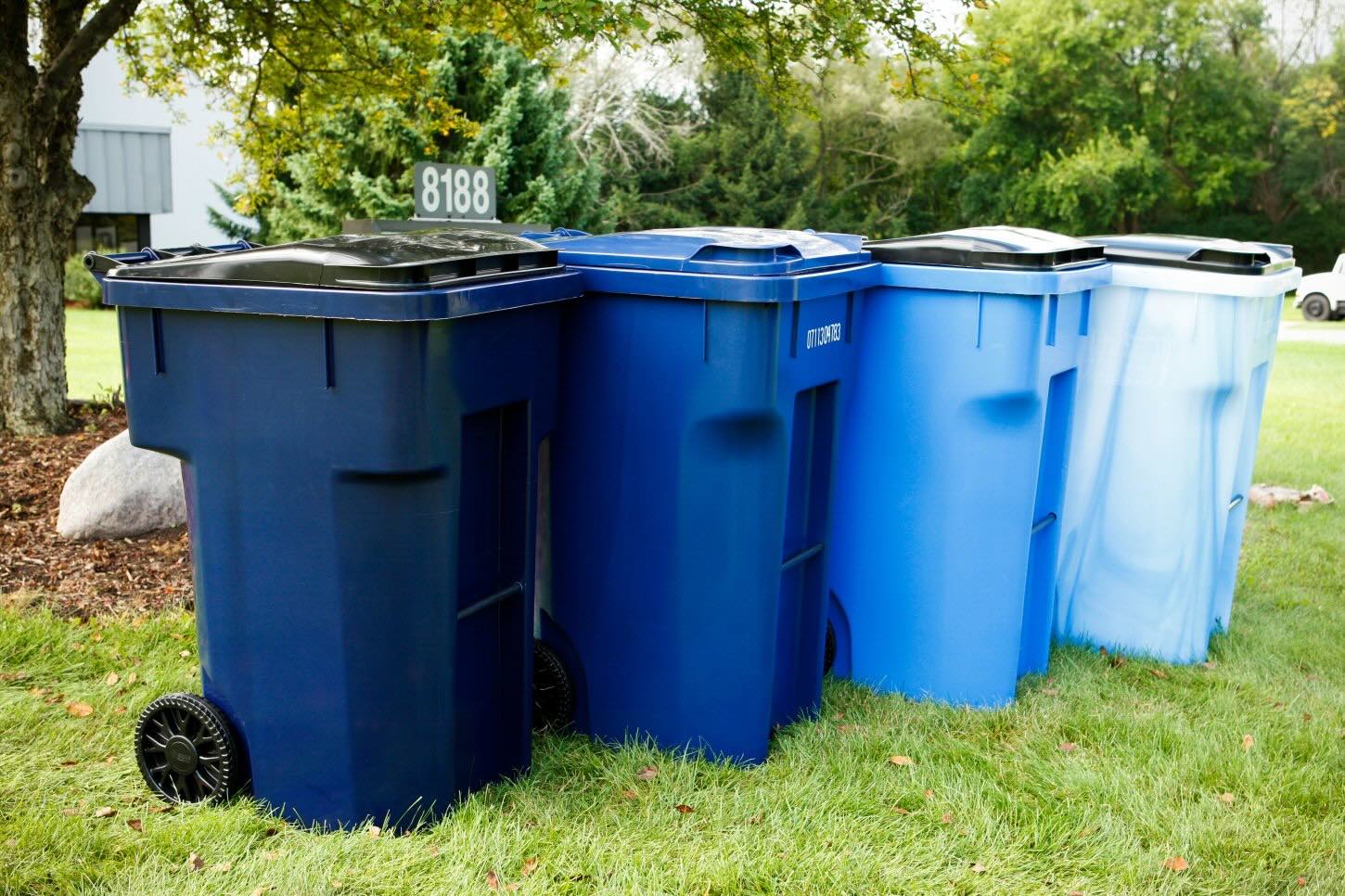

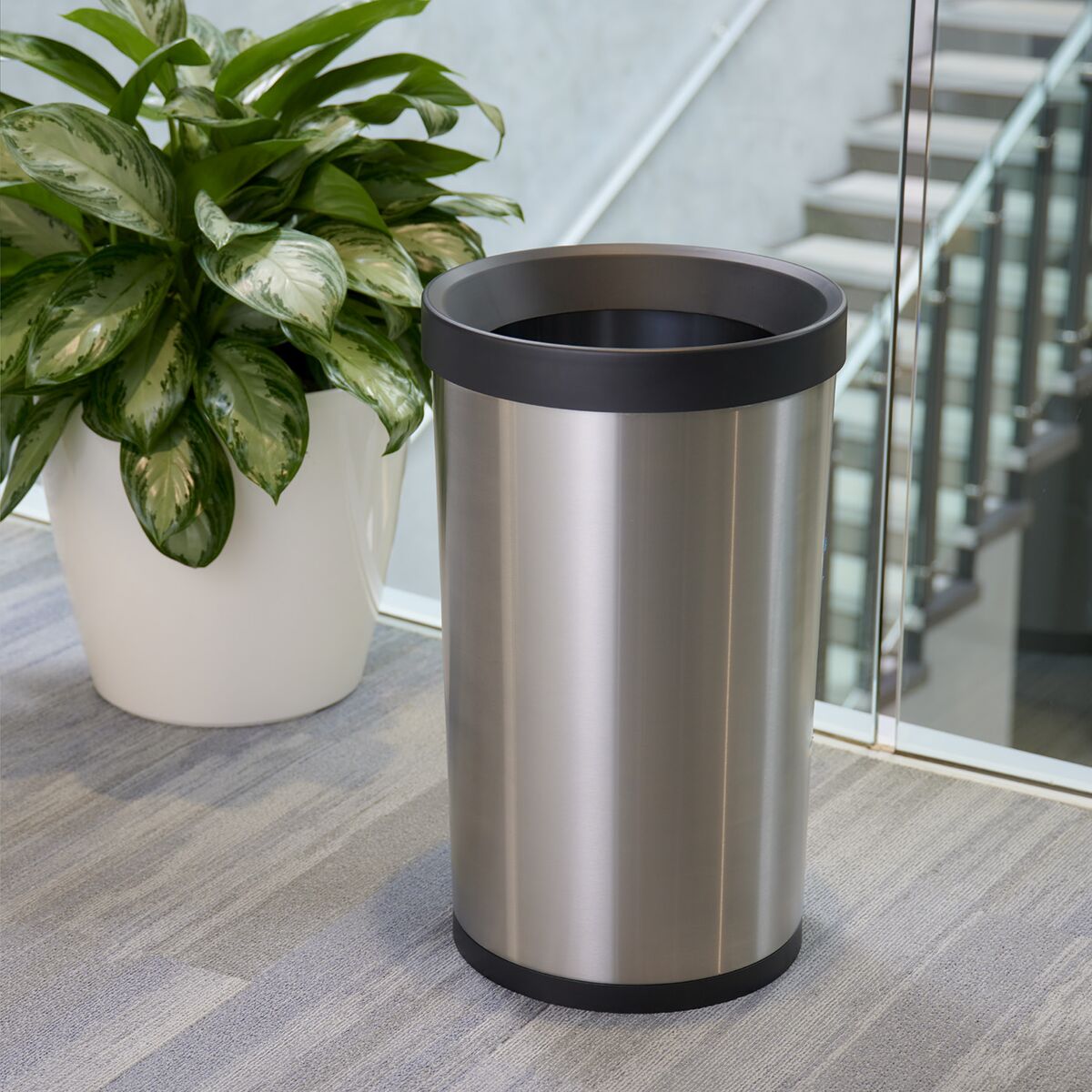
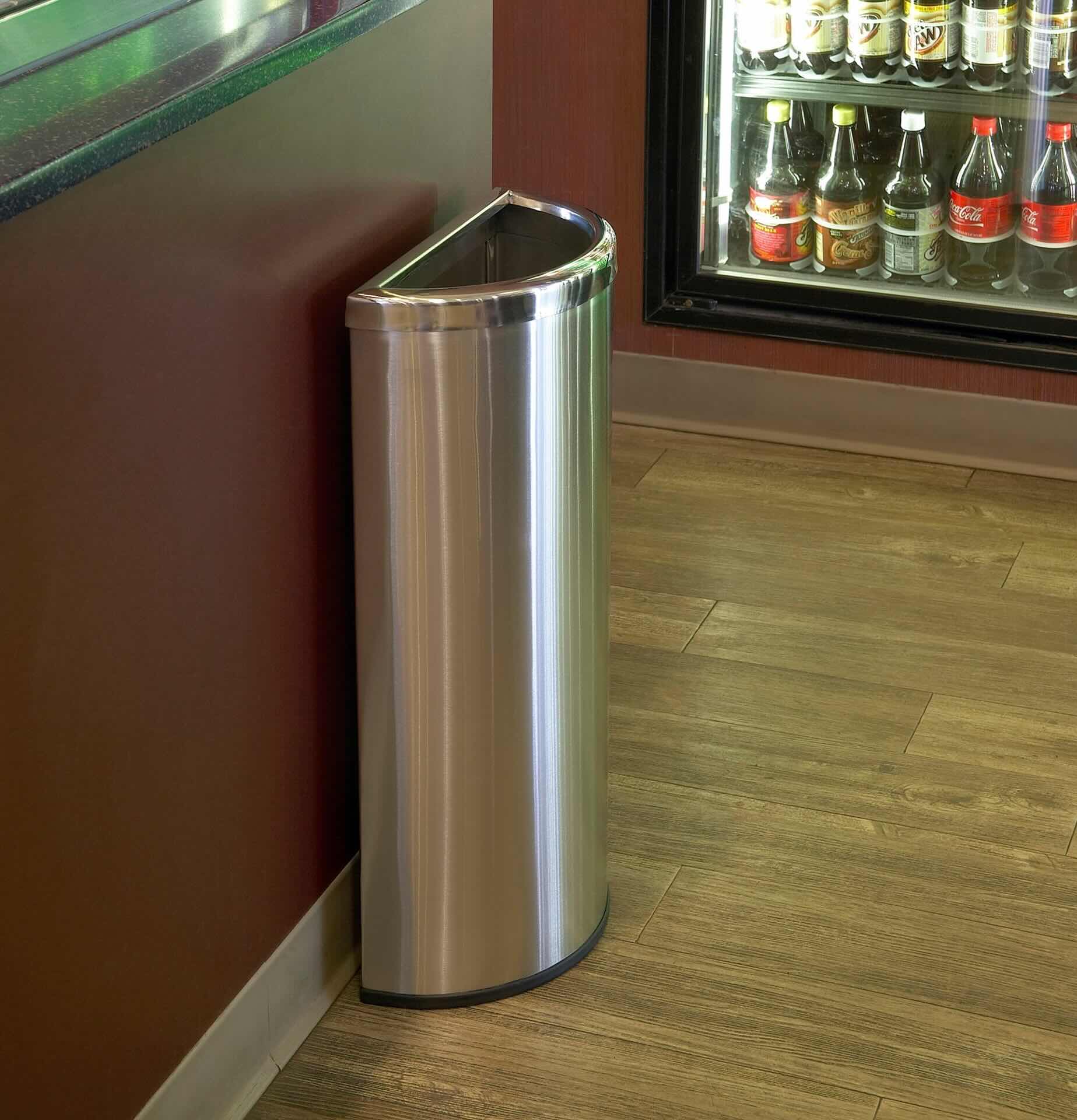
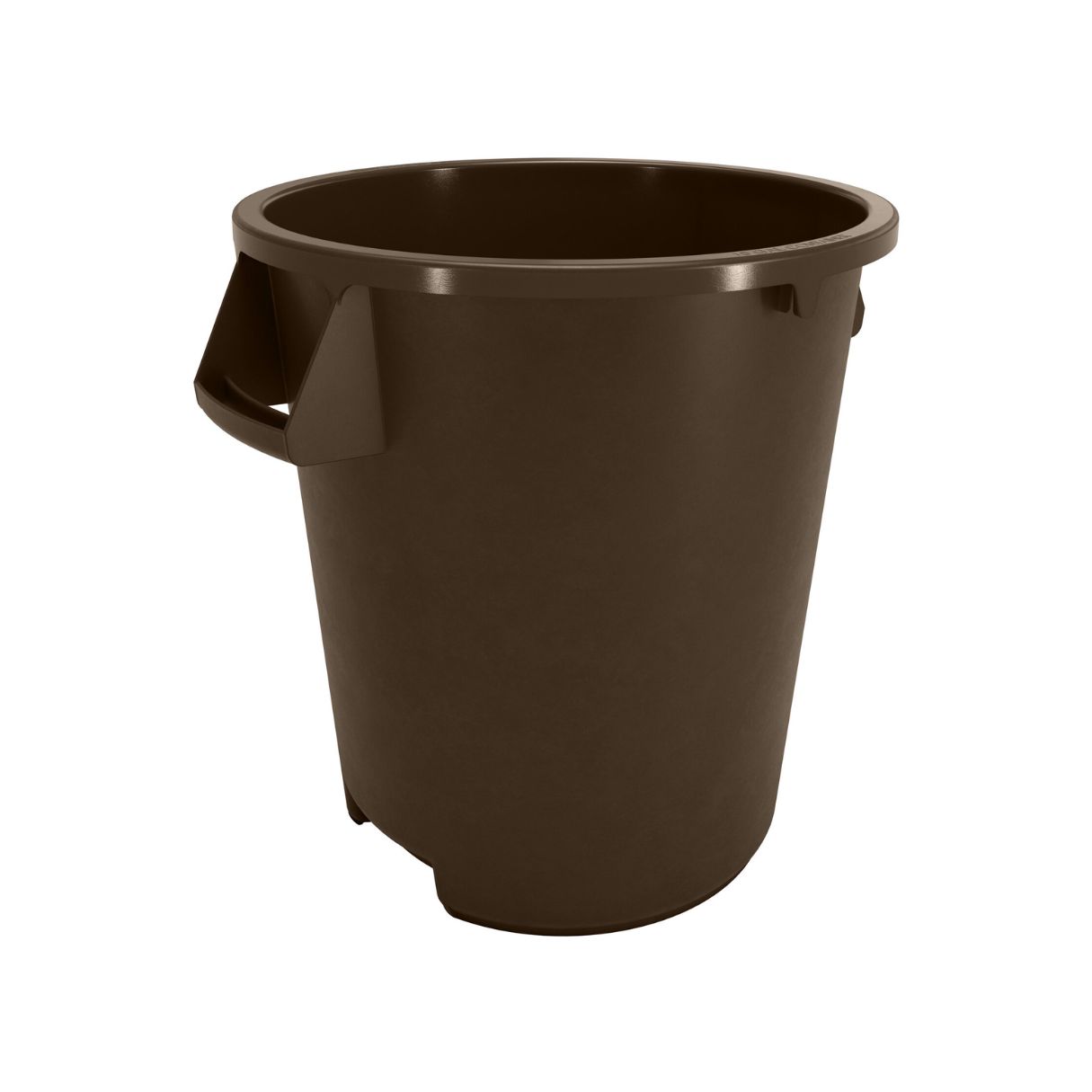



0 thoughts on “How Many Trash Bags Can A 96 Gallon Trash Can Hold”